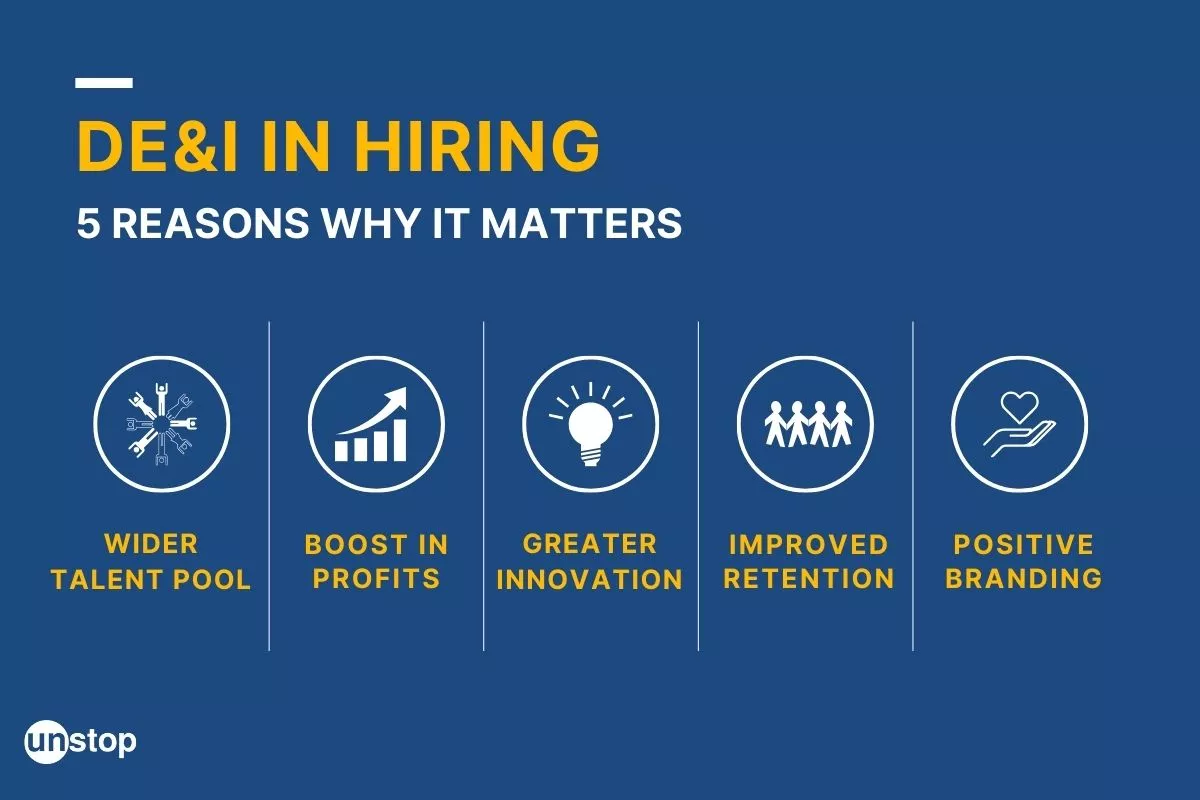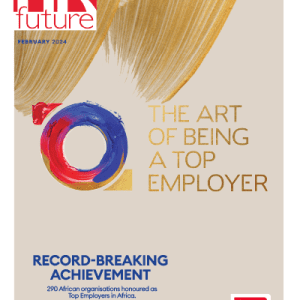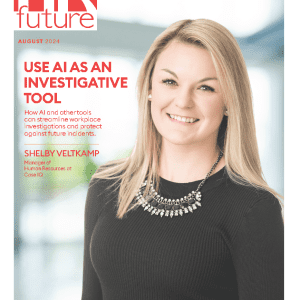Hiring with diversity in mind isn’t just the right thing, it’s also smart business. When your team reflects different backgrounds, experiences, and perspectives, it leads to sharper ideas and stronger results. Still, building that kind of team takes more than good intentions.
So what’s getting in the way of real progress? Often, it starts with how you search, write job descriptions, and interview. The small steps in your hiring process can either widen your talent pool or shrink it without you even noticing.
You don’t need a complete overhaul. You just need to notice what’s working, what’s missing, and what’s quietly pushing great candidates away. These changes can shift your workplace culture in ways that actually stick, and help it grow.
Why Diversity in Hiring Matters More Than Ever?
Source: Unstop
You’ve probably heard people talk about the importance of diversity, but it hits differently when you’re the one doing the hiring. You’re not just filling roles. You’re shaping the way people work together, how they solve problems, and how your company shows up in the world. When hiring lacks diversity, the ripple effect touches everything from creativity to retention.
Here’s why it matters, more than it used to, and how it plays out in real teams:
- Different perspectives lead to better decisions.
A team with varied backgrounds can spot blind spots faster. For example, a marketing team with people from different communities is less likely to release tone-deaf messaging.
- Employees want to belong, not blend in.
When someone sees others who get their lived experience, they’re more likely to stay and contribute fully. It shifts a workplace from polite to real.
- You don’t grow by hiring the same kind of thinker.
If every new hire agrees with the old way of doing things, nothing changes, and neither will your results.
Hiring with diversity in mind isn’t extra work. It’s part of building a team you actually want to work with every day.
1. Find Top Diverse Talent
You can’t hire people you’re not reaching. If your talent pool looks the same year after year, it’s probably time to change where you’re searching. Relying on the same networks, platforms, and referrals often brings in similar candidates. To build a more diverse team, you need to widen the net, with purpose.
Here are a few places where underrepresented talent often is, but gets overlooked:
- Diversity-focused job boards like Jopwell, Black Tech Pipeline, DiversityJobs, and Techqueria attract candidates looking for companies that actually care about inclusion.
- Community groups and professional organizations, including Latinas in Tech, Women Who Code, and Out in Tech, connect you with people who are already building strong networks across industries.
- University partnerships with HBCUs, tribal colleges, and other minority-serving institutions can open doors early, and build trust with future applicants.
If you’re hiring globally, you might also consider working with an Employer of Record like Remofirst. They handle complex stuff. contracts, benefits, and legal compliance, so you can focus on hiring the right person, no matter where they live. This lets you go beyond borders without getting buried in admin work.
2. Make Your Job Postings More Inclusive
Start by looking at your current job listings. Read them out loud. Do they sound like you’re talking to someone specific, or like you’re ticking off requirements for a robot? Many well-meaning postings quietly push people away with overly formal tone, unclear expectations, or subtle signals about who “fits.”
Inclusive job descriptions are clear, specific, and human. You’re not lowering the bar, you’re making the door wider. Here’s how you can write in a way that welcomes more people in:
- Drop the jargon: Words like “rockstar” or “ninja” might sound fun, but they often confuse or turn off candidates. Say what you actually mean.
- Rethink “must-haves”: List only what’s really required. Long lists of “nice to haves” discourage qualified people, especially women and underrepresented candidates, from applying.
- Check for gendered or coded language: Tools like Textio or Gender Decoder can help you spot words that skew masculine or suggest bias.
Finally, add a line that shows your values without sounding like a checkbox. For example: We welcome candidates from all backgrounds, identities, and life experiences. It doesn’t need to be fancy, it just needs to be real.
3. Remove Bias from the Interview Process
Bias doesn’t always come from a bad place, it often shows up in ways you don’t notice. You might connect more with someone who shares your background, or make quick judgments based on accents, names, or schools listed on a résumé. Even small details can shape how a candidate is perceived without you realizing it. That’s why it helps to build a structure into your interviews that keeps things consistent and focused on skills.
Start with standard questions for every candidate. Think of it like a playlist, you want to press play and let the same track run each time. This makes it easier to compare answers and reduces the chance of bias creeping in. You can also bring in multiple interviewers to get a mix of perspectives, not just one opinion.
It also helps to delay résumé reviews or use blind screening tools when possible. That way, you’re judging based on what someone can do, not where they came from or who they remind you of.
4. Use Onboarding Practices That Support Long-Term Inclusion
Your job offer is only the start. What happens after someone joins can make or break their experience. If you’re bringing in people from different backgrounds, especially those who’ve been excluded before, your onboarding needs more than paperwork and welcome emails. You’re not just giving someone a job, you’re showing them how they’ll belong.
Start with a clear, structured plan. That means setting up mentorship, giving space for feedback, and explaining unwritten rules, not assuming people will just “get it.” Don’t expect them to know your Slack tone or lunch break customs. When everyone’s in on how things work, no one gets left behind.
Keep checking in. Regular 1:1s aren’t fluff, they’re where people speak up before things fester. Include mental health resources early on. Highlight employee groups during week one, not week fifty. Small details add up. Inclusion doesn’t stick if it only shows up in the recruiting process. It grows when you make room for people after they walk in.
5. Train Hiring Managers on Inclusive Practices
Even with great policies in place, the person doing the hiring can make or break a candidate’s experience. That’s why training hiring managers on inclusive practices is essential, not optional. They’re the gatekeepers of your culture, and without the right tools, even well-meaning decisions can exclude the very people you’re hoping to attract.
Start with awareness training, but don’t stop there. Give managers practical strategies: how to interrupt bias in real time, what to listen for in interviews beyond shared experiences, and how to create a welcoming environment from first contact to final offer. Role-play tough scenarios. Teach them to slow down and reflect before making snap judgments.
Also, reward inclusive hiring, not just quick hires. If people are evaluated on speed alone, they’ll default to the familiar. But when inclusion is part of performance goals, it sends a message: this matters. And when leaders model it, others follow.
Wrap Up
Hiring someone new shapes more than just a team, it shapes how people work, speak up, and stick around. And if the goal is to build something real, hiring the same kinds of people in the same kinds of ways won’t cut it. A diverse team brings energy, ideas, and a way of working that can’t be taught in onboarding.
But getting there takes more than posting on a few new job boards. It means rethinking what you’re asking, who you’re asking it to, and how you’re listening. The good news? You don’t need a full reset. Just a clearer, more honest approach.
 Robbin Schuchmann is the co-founder behind Employ Borderless and a driving force in global employment innovation. With a background in international business, he builds tools and companies that help businesses hire across borders – without the usual red tape. From startups to enterprises, his mission is clear: make global hiring simple, compliant, and scalable.
Robbin Schuchmann is the co-founder behind Employ Borderless and a driving force in global employment innovation. With a background in international business, he builds tools and companies that help businesses hire across borders – without the usual red tape. From startups to enterprises, his mission is clear: make global hiring simple, compliant, and scalable.



























